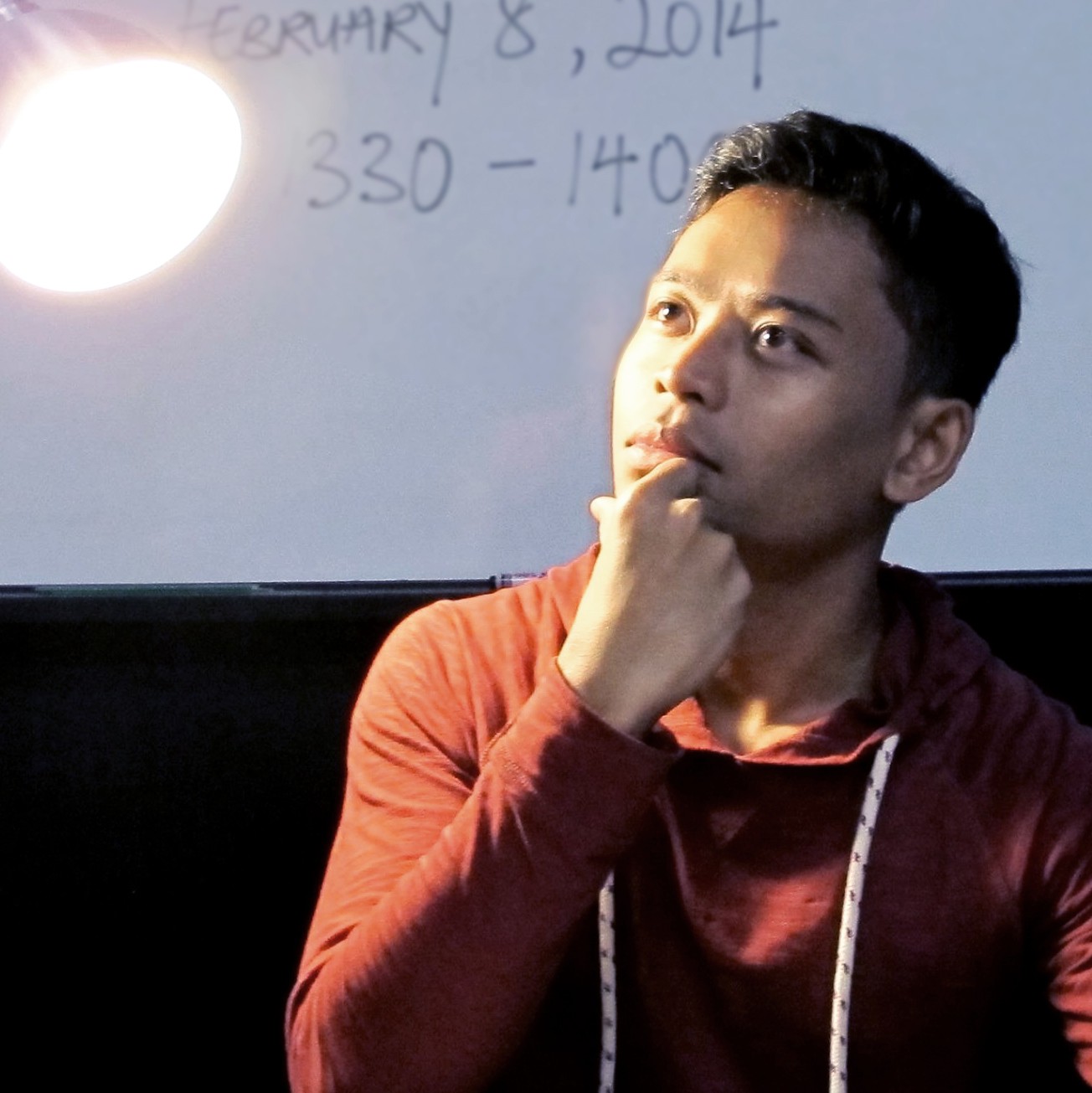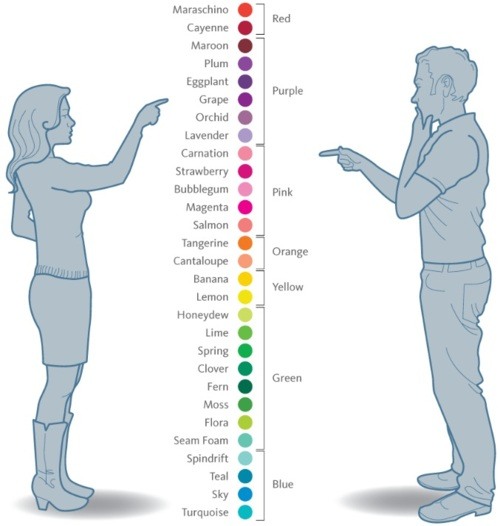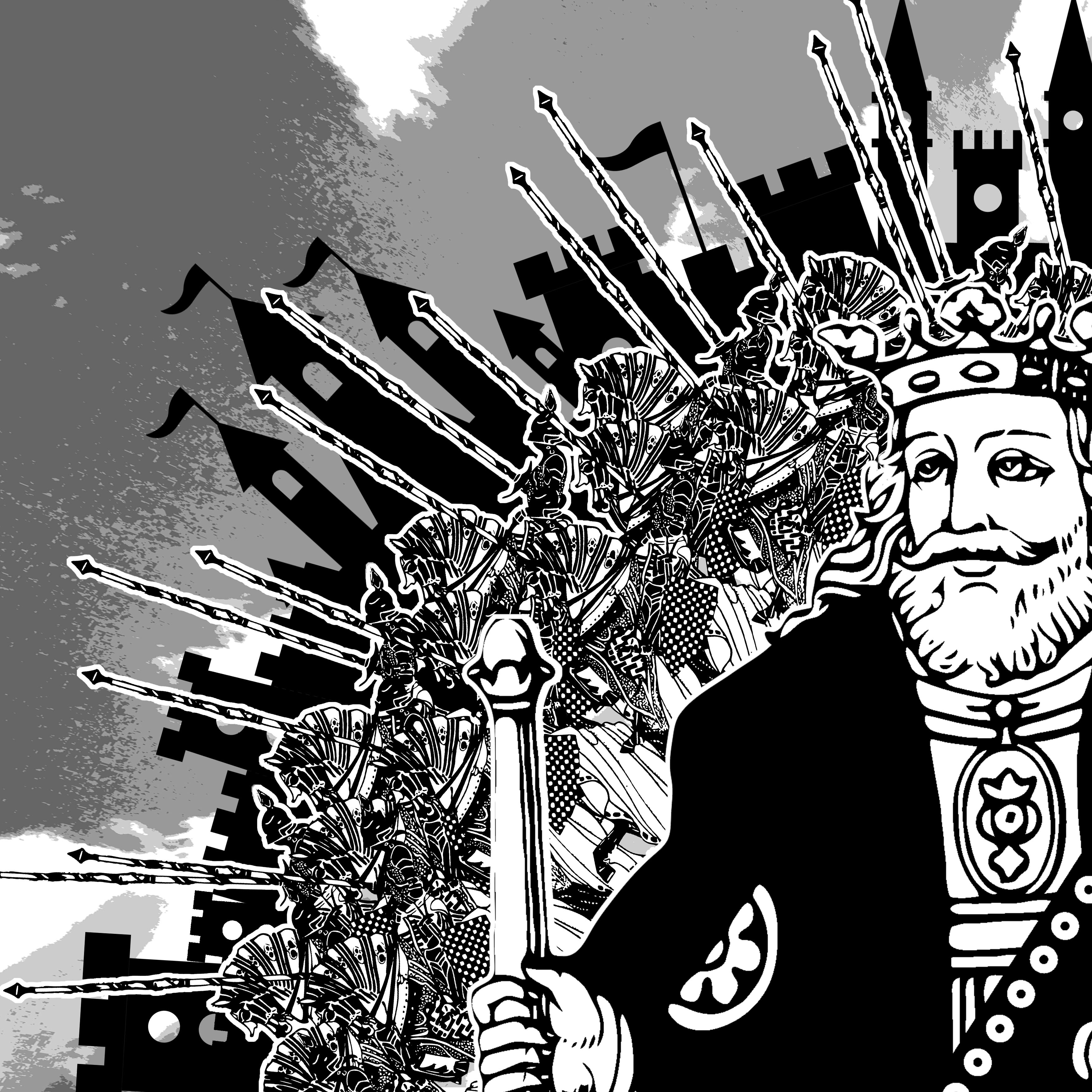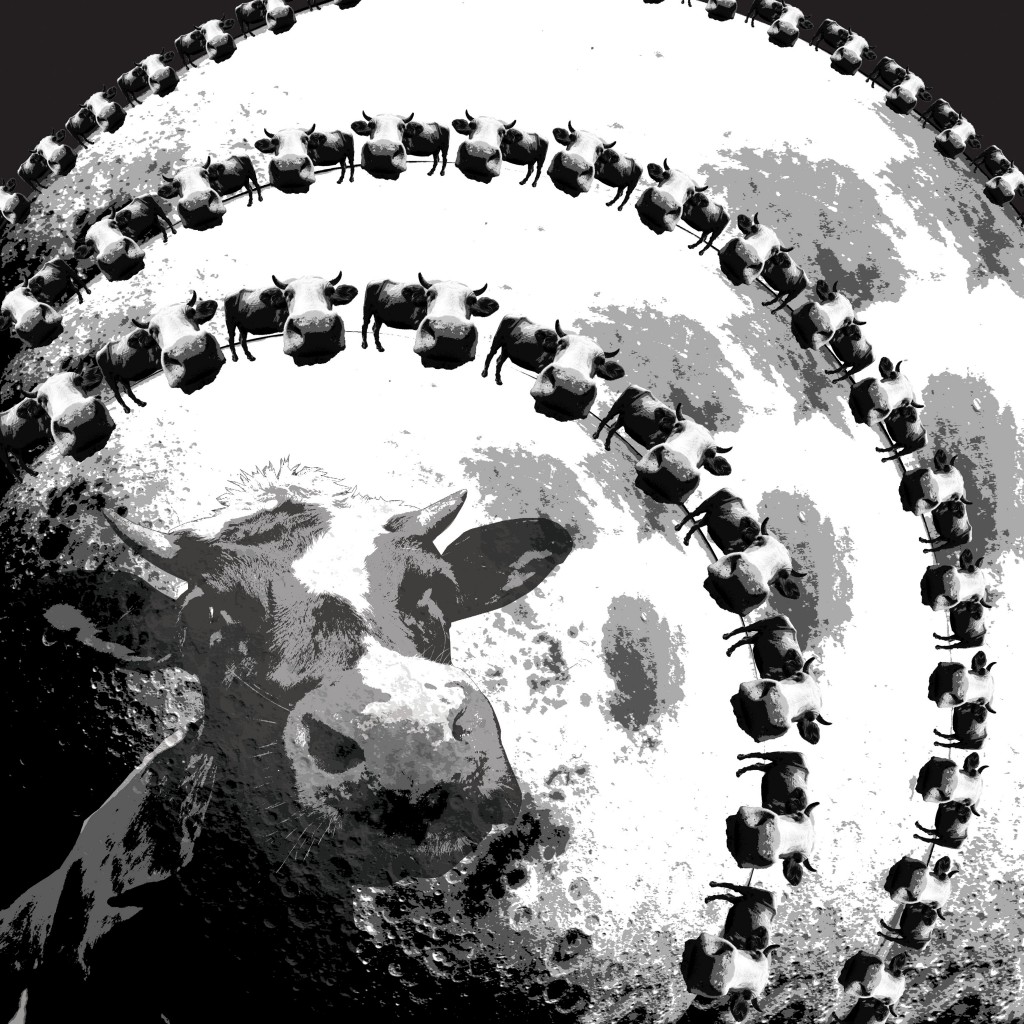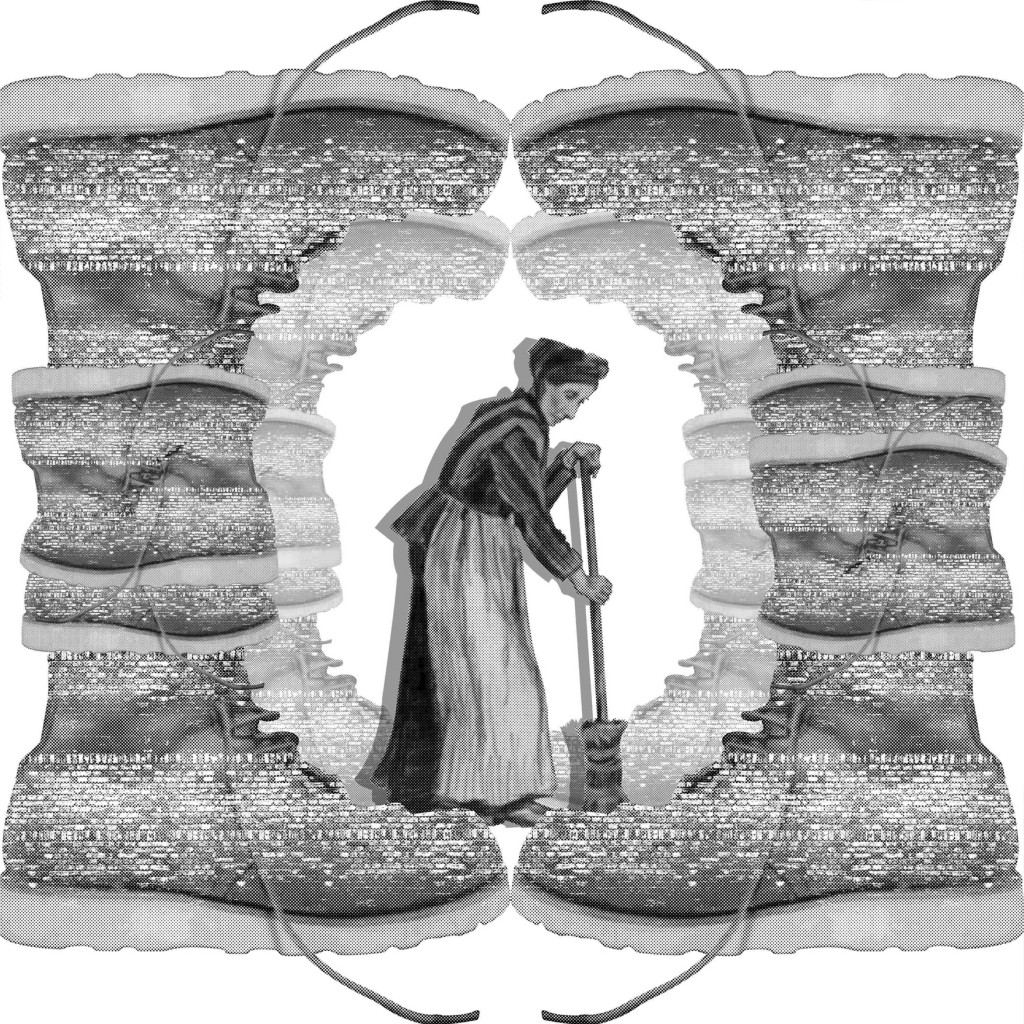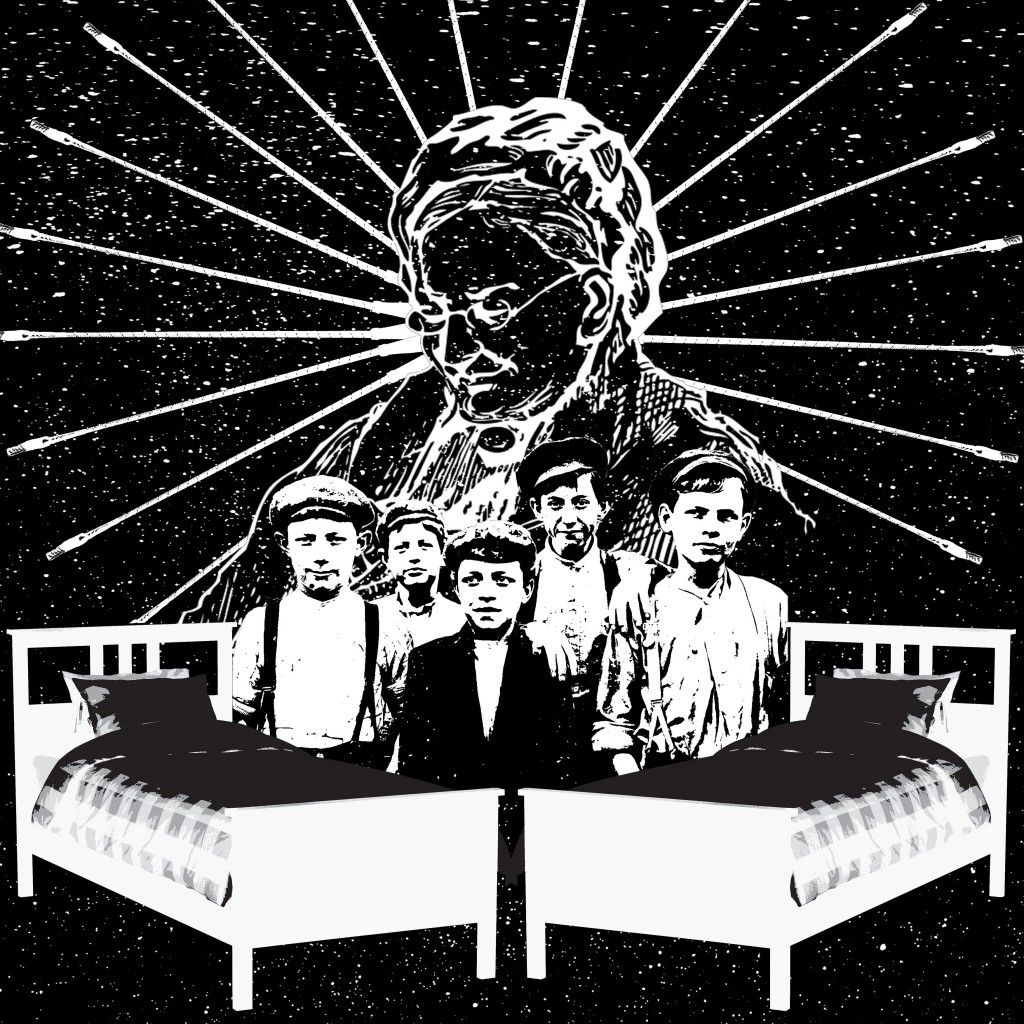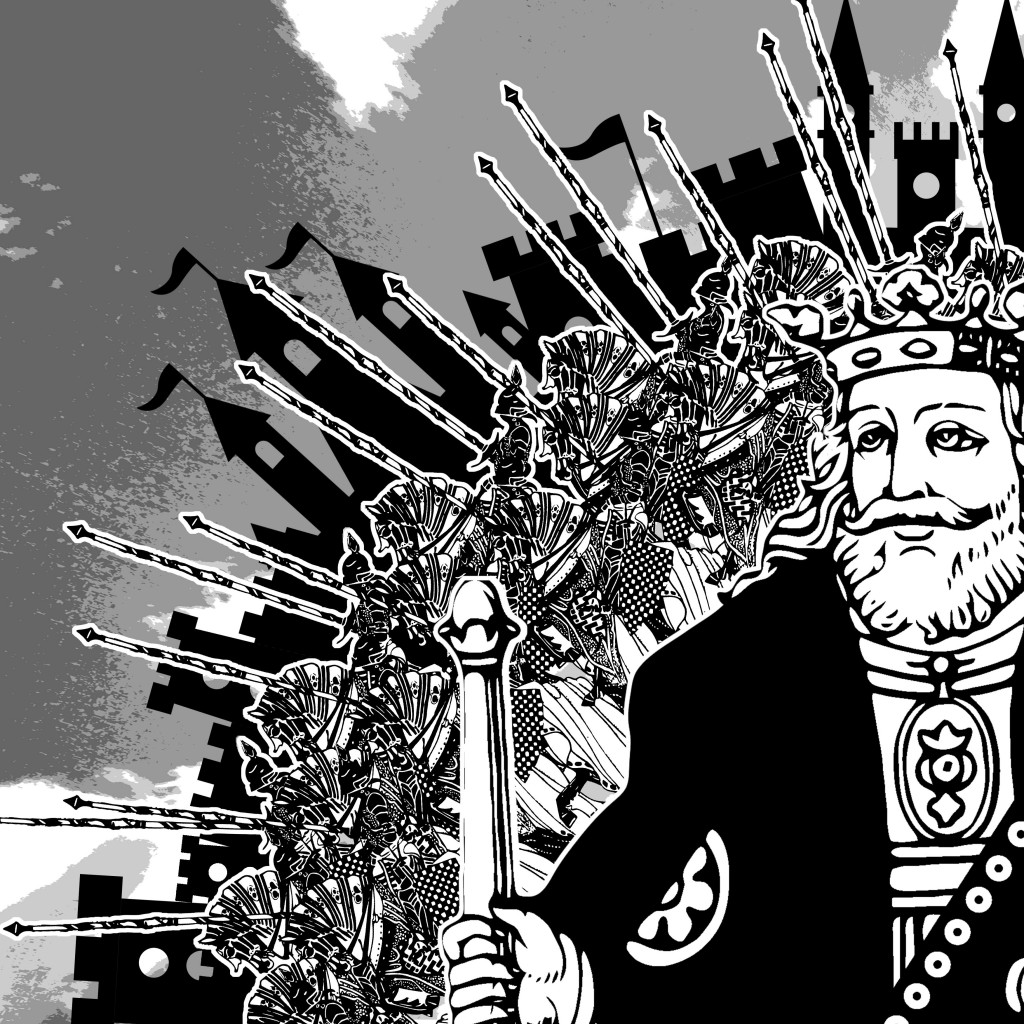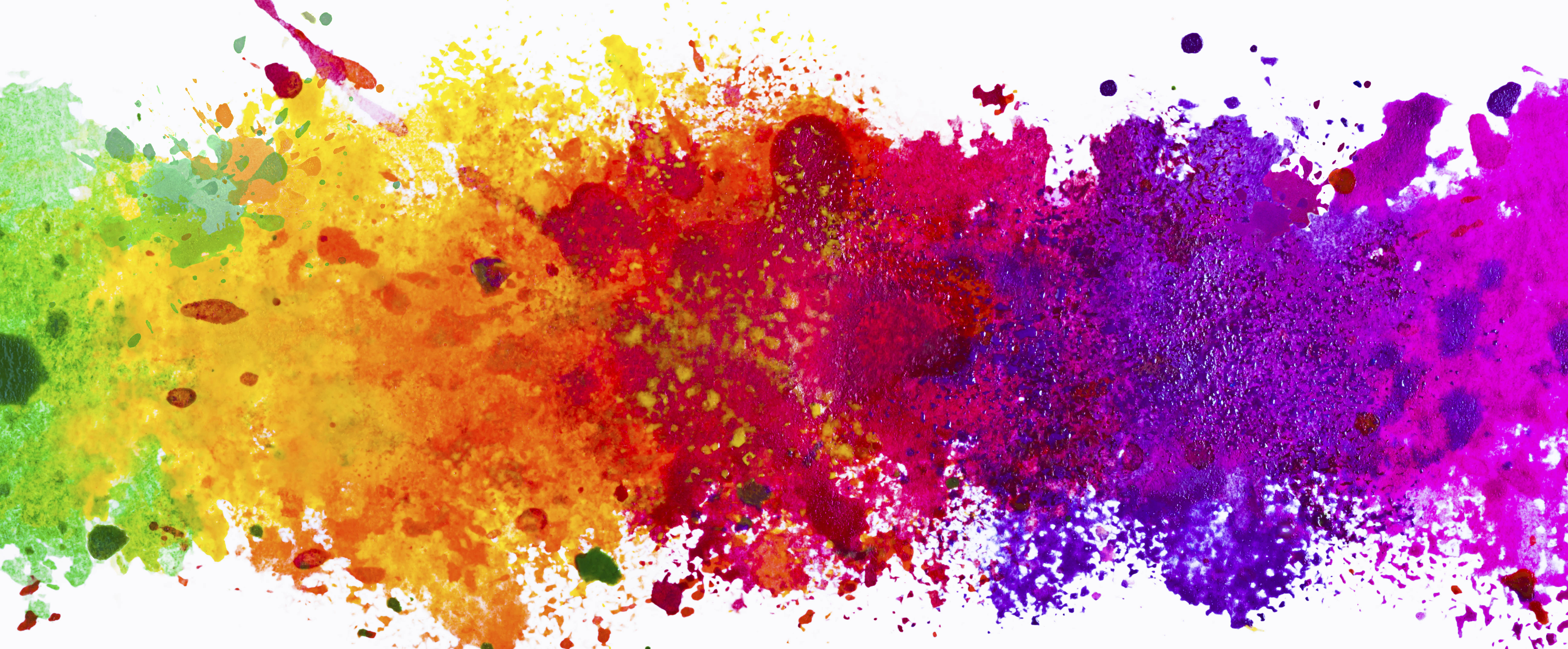
It’s funny how one’s perception of color could differ to others. For me personally, I associate myself to be just like the man in the picture above. I am sensitive to colors and I am fully aware that there are millions of them visible to the human eye. However, I prefer identifying colors in a more generic way, classifying the different shades and tones of these colors to their more commonly-known terms.
These are the colors I would generally identify:
Red, Yellow, Blue
Orange, Green, Purple
Brown, Pink
White, Gray, Black (Yes, black is a color and chemists have proven it! Your argument is invalid.)
Colors and Their Meanings
Red:
Love, Immediacy, Energy, Sale, Passion, Anger, Hunger
Yellow:
Cheer, Attention, Childish, Fresh, Warmth, Energy, Optimism
Blue:
Trust, Smart, Calm, Faith, Natural, Stable, Power
Orange:
Health, Attraction, Stand Out, Thirst, Wealth, Youthful, Happiness
Green:
Soothing, Eco-friendly, Natural, Envy, Jealousy, Balance, Restful
Purple:
Royal, Mysterious, Arrogant, Luxury, Childish. Creative, Sadness
Brown:
Organic, Health, Comfort, Nature, Durability, Order, Casual, Reliable, Genuine
Pink:
Tenderness, Sensitive, Caring, Emotional, Sympathetic, Love, Sexuality
White:
Freshness, Hope, Goodness, Light, Purity, Cleanliness, Simplicity, Coolness
Gray:
Security, Innovation, Neutrality, Enhancement, Future, Self-control
Black:
Sophistication, Power, Mystery, Formality, Evil, Death
